Are you compliant? New California law requires AEDs in high-occupancy buildings
AED Leader
NOVEMBER 25, 2024
Effective January 1, 2017, the state’s Health and Safety Code 19300 mandates that certain high-occupancy buildings must install Automated External Defibrillators (AEDs). AEDs are portable devices designed to diagnose and treat SCA by delivering a controlled electric shock to restore normal heart rhythm.



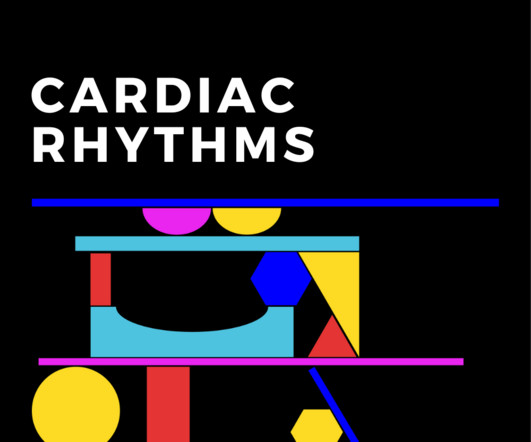
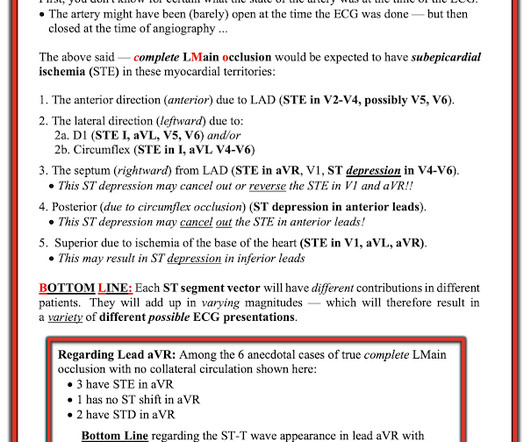
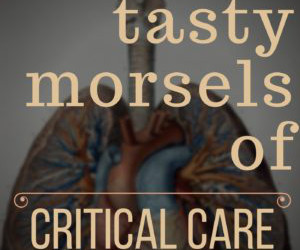





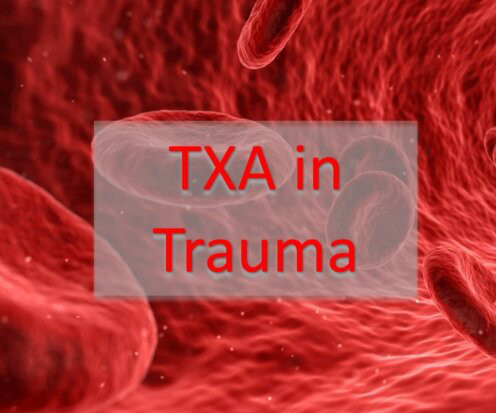










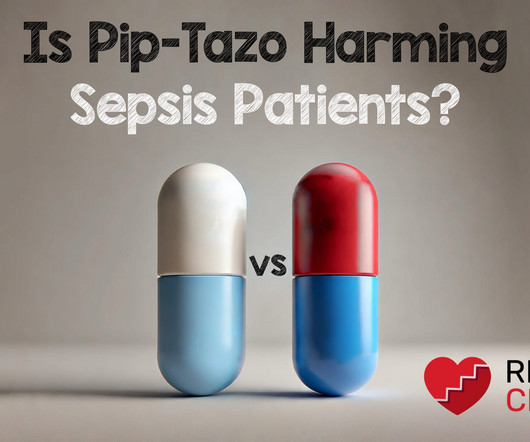

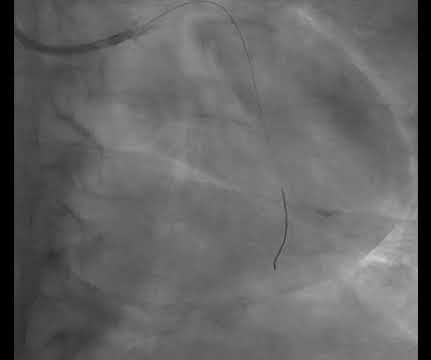







Let's personalize your content